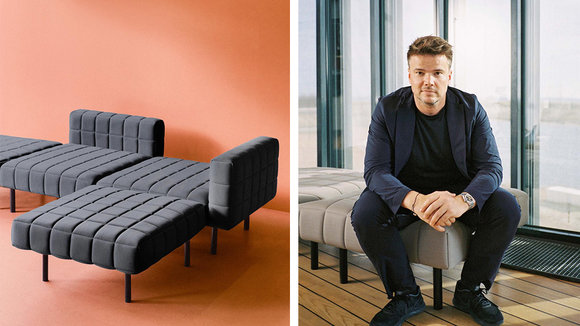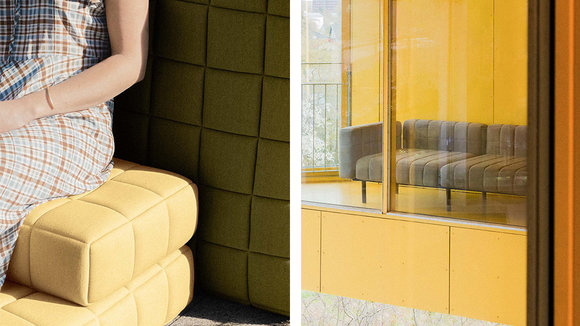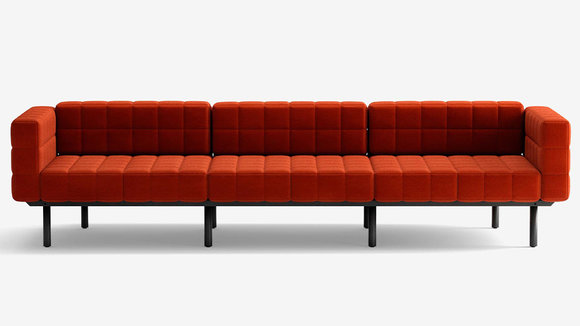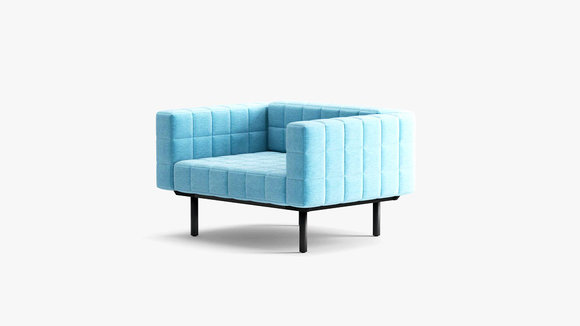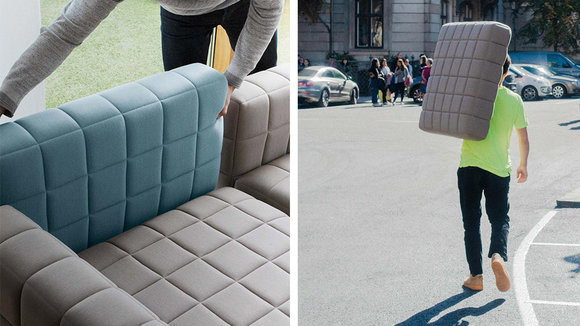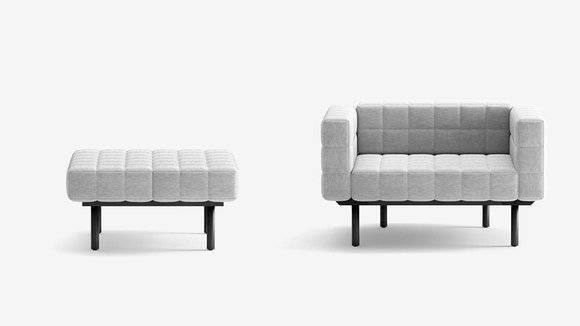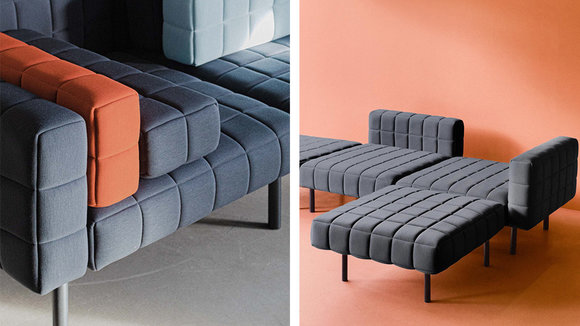1/9
Architecture legend, Bjarke Ingels, ‘pivots’ their couch towards the future of flexible living
Bjarke Ingels is a movie star of the architecture world, but he is also an artist and a trailblazing source of inspiration that goes beyond the structures he builds. A decade ago he started spreading the word on his philosophy of sustainable hedonism which bridges the gap between environmentalism and luxury – they can coexist and Ingels showcases that in his work. What sets him apart is that everything he creates has drawn inspirations from ideas, things, art and even games that are totally unrelated to what he is building but still shines through subtly. The latest example to prove this point is the Voxel sofa for a Danish brand,
, which is a harmony of elements from Minecraft (which Ingels loves!), Q*bert video games as well as the work of Modernist architect Mies van der Rohe.
The Voxel sofa is, in the simplest words, made to adapt to the environment and the user’s needs. Bjarke Ingel’s firm, BIG, looked into how they design their architectural projects like their Lego House, 79 & Park apartment block and the 2016 Serpentine Gallery Pavilion when creating the modular sofa system. The team made a grid of pixel-like blocks to form the seats and called it Voxel. The name and aesthetic of the sofa come from the word’s actual meaning which is a graphic and interface design term for ‘3D pixel’. Voxel will look and mean something unique to every individual user and space.
Voxel can be moved, repaired, flipped, added on to or reduced with ease based on its surroundings. It represents the future of modern furniture – pieces designed to serve the user with multiple functionalities with a form that fits in every room. The sofa system is built with four major parts – armrests, backrests, seats, and legs, and all of these can be interchanged and assembled in multiple ways. The pieces connect with simple metal cylinders that slide into holes and give it its modular essence. “The grid-like system creates a family of units that can be configured into multiple seating scenarios, from single-unit couch to large configurations,” says Jakob Lange, partner at BIG. With the rapid evolution of our culture and lifestyle, Voxel has the ability to mold itself organically to any ecosystem.
The sofa’s design reduces waste by encouraging owners to exchange or repair separate parts if needed, instead of throwing the entire piece out. Voxel is made on-demand and shipped directly from the workshop to ensure it only produces what is necessary and manages waste responsibly. Voxel promotes Bjarke Ingel’s idea of flexibility and sustainable living in its own didactic message of being able to modify and adapt to where we are in the moment with our core values intact. Lang goes on to say, “If it were a person, [it] would be able to move, flex and adapt to different configurations, making it agile in any environment – at home or at work – and responsive to any individual. The person can really grow and live with this sofa long-term.”
Ingels has always viewed architecture as the art and science of making things that fit the way we want to live our lives, it is a constant evolution of ideas. I’ll leave you with this thought inspired by Bjarke Ingels – sustainability is not a moral sacrifice but a design challenge and we have the tools to design ecosystems that optimize the flow of people, resources, economies even…so why not give back with the power to create?
发布于2020-10-22
设计师
BIG Group
颜色
相关推荐
